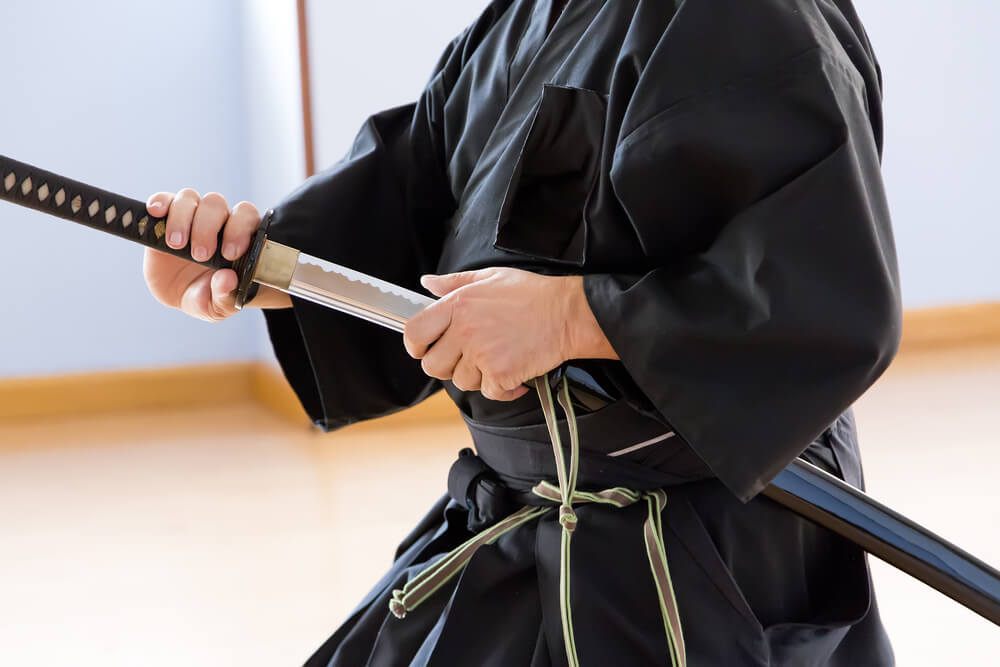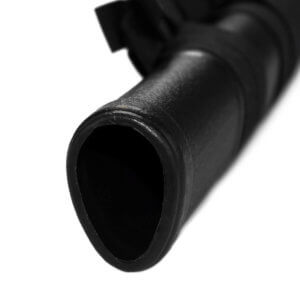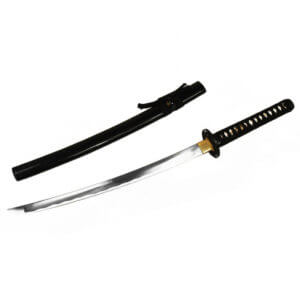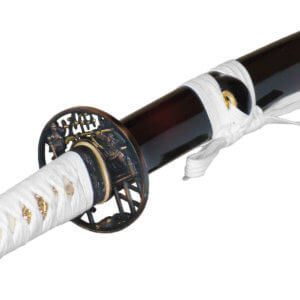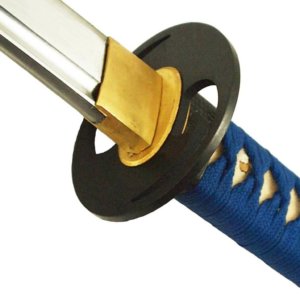Many samurai sword fans want to convince themselves of the extreme sharpness of their katana and therefore carry Tameshigiri or cut tests with their sword. However, not all samurai swords are suitable for practical use. The term "practical katana" is often used to describe swords for practical use. But what exactly characterises these swords and what is the difference to other models?
1) The right blade steel with the right heat treatment
The basis is the right blade steel. There are many, some of which we describe in our Articles about industrial steel for swords.
Sharp swords made of 1060 and 1095 carbon steel, for example, as well as swords made of L6, spring and T10 steel are very suitable for practical use.
These are modern types of steel. As a rule, antique steel is too good for cutting exercises. Nihonto.
In the end, however, the correct heat treatment is decisive. The swords on the market made from the aforementioned steel grades generally have the right heat treatment to be used as a practical katana.
2) The right quality
In order for a sword to be used as a practical katana, it must have a proper sword tang (nakago). This is crucial for the overall stability of the katana and ensures that the sword does not fall apart and injure the practitioner when performing cutting exercises. The tang is traditionally held in place by the mekugi pins, which ensure that the blade is held firmly in the sword handle (tsuka).
Swords with a rat tail (a thin blade tang is connected to the rest of the blade via a welding point) belong to the category of decorative swords and may not be used for practical exercises! How exactly these swords are to be identified is in more detail in this article explained.
3) The sharpness
Of course, a sword that is used as a Practical Katana should be sharp enough.
However, sharpness alone does not compensate for the two previous points. A sharp sword made of inferior steel or with poor workmanship is really dangerous.
Swords used for cutting tests should be checked regularly before the first use and afterwards to ensure that they are still sharp enough.
Conclusion
If you are looking for a practical katana, you should make sure that the sword of your choice fulfils the 3 requirements mentioned above. This is the only way to ensure successful and, above all, safe handling during practical use.
A certain number of layers in the steel (is here declared) or a certain Blade structure (e.g. Kobuse) are not a basic requirement for the practical use of a sword. If the workmanship is sloppy, they increase the risk of the sword breaking during cutting exercises. An overview of our Practical Katana can be found in the category Sharp sports swords.

